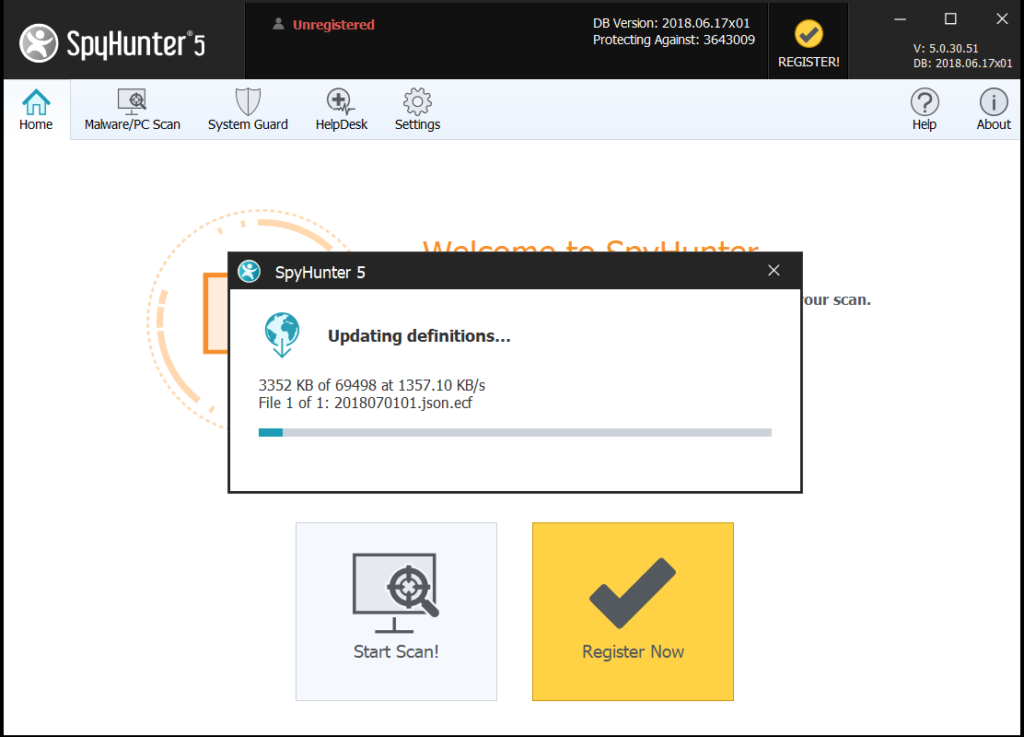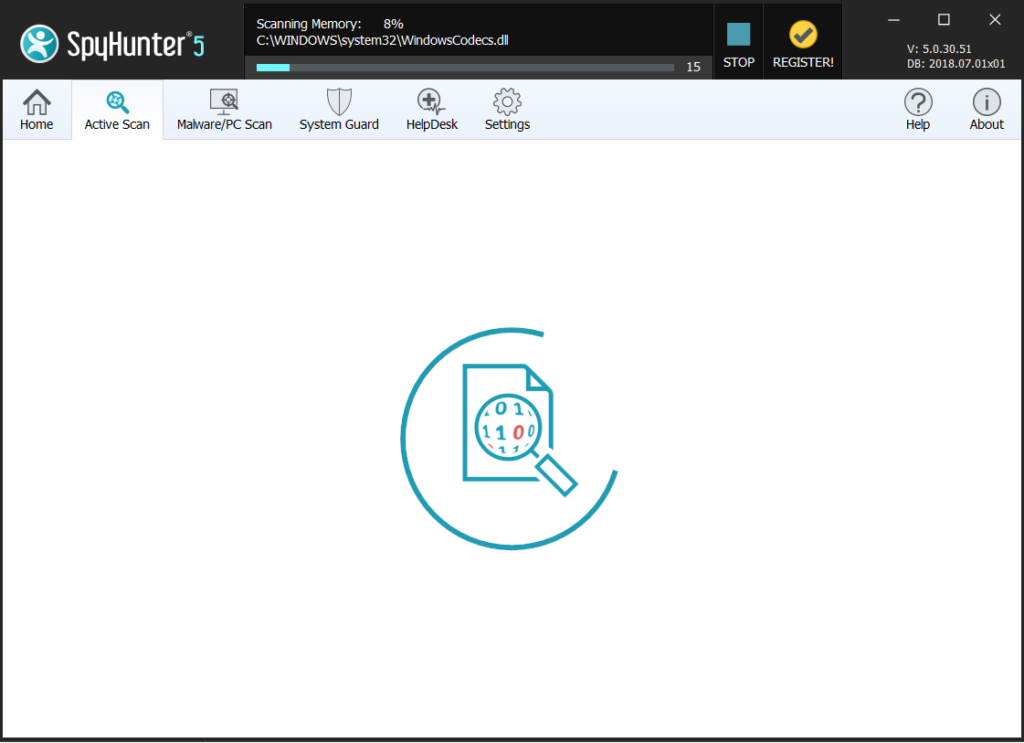This article has been created in order to explain what is the Hogathe.com virus, how you can remove it entirely from your computer system and how you can try and get your computer running back to a normal state.
Hogathe.com is the name of a page that has been reported to be associated with an unwanted application that shows a lot of advertisements. The program’s main purpose is to attack the web browsers on the computers it infects and then change their home pages and new tab pages to Hogathe.com or simply show it as a redirect. The web page may start to display various different pop-ups, ads and may ask you to accept push notifications. The bad news here is that those ads may lead to an unsafe site whose main goal may be to either scam you out of you information or infect your computer with malware.
| Threat Name | |
| Category | Adware/PUP/Browser Hijacker. |
| Main Activity | Slithers onto your computer and heavily modifies your web browser settings to cause advertisements and collect data. Mostly displays browser redirects to pages. They may ask you to accept Push Notifications. |
| Signs of Presence | Multiple third-party advertisements as well as a slow down in computer performance. |
| Spread | Via software bundling. |
| Detection+Removal | DOWNLOAD REMOVAL TOOL FOR |
How Does Work
was created by developers who also are a brand of the some of the most famous PUA(Potentially Unwanted Application) maker groups. The ad-supported character of this software makes it to often be categorized by users as adware, which is not far from the truth. However, because the application is not malicious and is also classified as a low-level type of threat many antivirus programs tend to skip it.If it is active on your computer, some of the signs to notice it are:
- Seeing “Ads by ” or “A Ad” or any similarly caption advertisements showing as pop-ups, banners, etc.
- Noticing phishing web pages or browser redirects to third-party search engines, besides the original one used by default on your web browser.
- Sluggish performance of your computer.
In addition to this general activity of , the add-supported program may also perform multiple different types of advertisements that link to various third-party websites. And this is not good, because those programs may collect certain specific information from your computer using:
- Pixels.
- Flash cookies.
- Tags.
- Web cookies.
- Others.
Such technology can be used to obtain your:
- IP address.
- Search history.
- Mouse clicking history.
- Tracking of your search history.
- Browser history.
This data may then be used to display targeted advertisements or for other purposes that have nothing to do with your interest. Some third-party websites which may be linked either via or it’s advertised entities, may redirect you to a malicious web link that may prompt you to download a fake installer or a malicious web link. Such malicious objects can even infect your computer with different malware:
- Ransomware.
- Worms.
- Trojans.
- DDoS software.
- BitCoin miners.
- Banking malware.
- Keyloggers.
What Does Redirect Do on My Computer?
Adware or ad-supported software is a category of programs which are created to show different types of advertised content on your computer system. This content includes displaying pop-ups, redirecting tabs from your web browser to web pages that are unfamiliar and may cause your PC harm.
Other side effects of having adware programs such as on your computer is that the software begins to collect your data without your approval. Usually most adware programs do not notify that they collect data and these software are often deemed to be malicious.
How Bad Does Adware Affect You?
Besides it’s primary goal – do show you various types of adverts and collect your information, _ adware does not aim to show you that it’s there. There may usually be several signs that the program is installed on your computer and these signs may be the:
- Name of the program on the displayed advertisements.
- installed as a suspicious browser extension, that pretends to be legitimate.
- If it is situated on your Windows Programs and Features.
Since detection of the Adware program can be a tricky process, because most of the files it creates are concealed in different Windows locations, removal of it may be a tricky process. You can try to locate it’s suspicious web browser extensions on your Chrome, Firefox, Explorer or other browser and you can try to uninstall it from the Programs and Features menu in Windows. However, this does not guarantee that the program won’t be back after this, like it usually happens with such software. This is the main reason why an adware-specific removal program should be used to scan for and delete all of the objects related to browser hijacker from your computer system.
Removal Instructions for
If you want to remove , we strongly recommend that you first backup your data, just in case something goes wrong. Then, you can follow the manual or automatic removal instructions below, depending on which type of steps suits you more. If you lack the experience and the confidence that you will remove manually, then you should do what most experts would and save yourself some time by downloading and running a scan with an advanced anti-malware software. Such programs are created to quickly identify and remove threats and programs with intrusive behaviour, like , plus they also aim to ensure that your system is protected against future intrusions as well.
Manual Removal of
Booting in Safe Mode
For Windows:
1) Hold Windows Key and R
2) A run Window will appear, in it type “msconfig” and hit Enter
3) After the Window appears go to the Boot tab and select Safe Boot
Cut out in Task Manager
1) Press CTRL+ESC+SHIFT at the same time.
2) Locate the “Processes” tab.
3) Locate the malicious process of , and end it’s task by right-clicking on it and clicking on “End Process”
Eliminate ‘s Malicious Registries
For most Windows variants:
1) Hold Windows Button and R.
2) In the “Run” box type “Regedit” and hit “Enter”.
3) Hold CTRL+F keys and type or the file name of the malicious executable of the virus which is usually located in %AppData%, %Temp%, %Local%, %Roaming% or %SystemDrive%.
4) After having located malicious registry objects, some of which are usually in the Run and RunOnce subkeys delete them ermanently and restart your computer. Here is how to find and delete keys for different versions.
For Windows 7: Open the Start Menu and in the search type and type regedit –> Open it. –> Hold CTRL + F buttons –> Type Virus in the search field.
Win 8/10 users: Start Button –> Choose Run –> type regedit –> Hit Enter -> Press CTRL + F buttons. Type in the search field.
Automatic Removal of
If you are in Safe Mode, boot back into normal mode and follow the steps below
Step 1:Click on the button to download SpyHunter’s installer.
It is advisable to run a scan before committing to purchase the full version. You should make sure that the malware is detected by SpyHunter first.
Step 2: Guide yourself by the download instructions provided for each browser.
Step 3: After you have installed SpyHunter, wait for the program to update.
Step4: If the program does not start to scan automatically, click on the “Scan Computer Now” button.
Step5: After SpyHunter has completed with your system`s scan, click on the “Next” button to clear it.
Step6: Once your computer is clean, it is advisable to restart it.



